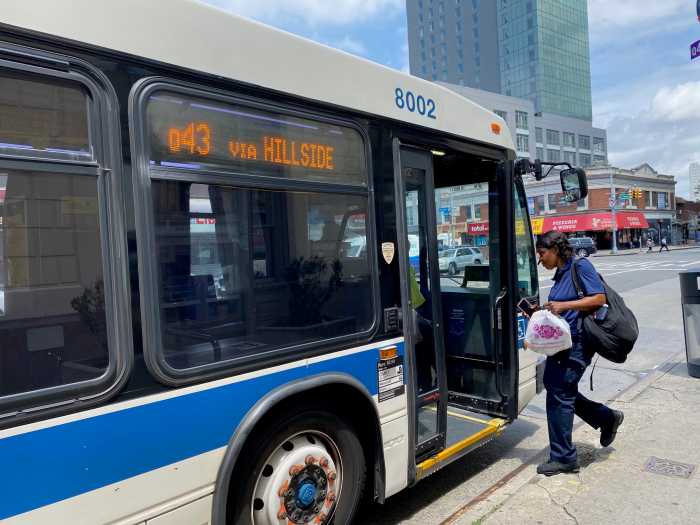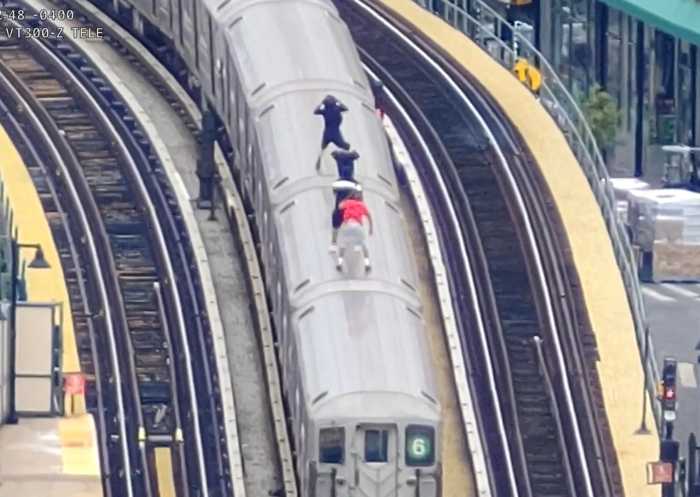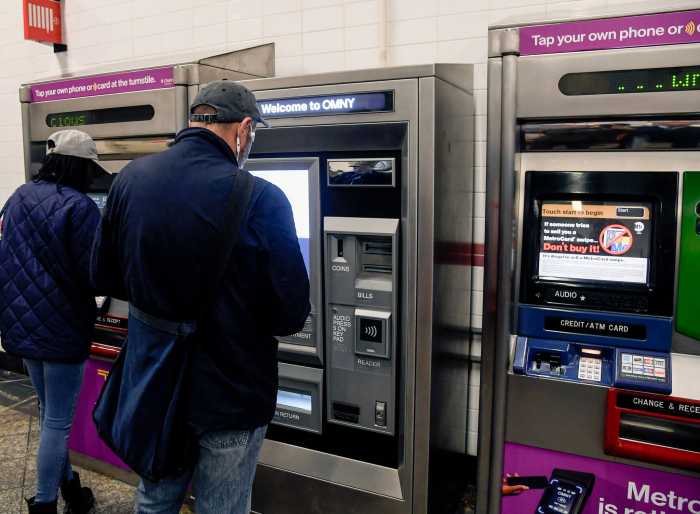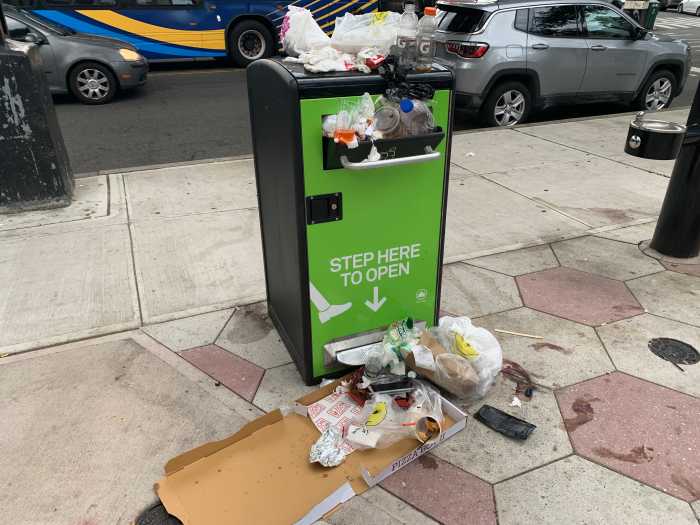The MTA’s recent countdown clock pilot was an “unmitigated success” that should be used to create greater transparency around train performance, according to a new report.
Titled “Countdown to Success,” the report from the nonprofit advocacy group Riders Alliance found that the clocks the MTA had piloted on the Broadway line this fall were “largely accurate.” Fifty-nine percent of clocks correctly predicted train arrival time to within one minute of accuracy and 81 percent predicted the time to within two minutes of accuracy, according to the report.
“People say the MTA bureaucracy can’t be creative, but in this case it was,” said John Raskin, executive director of the Alliance. “This is an example of the MTA going out of its way to solve a problem.”
The pilot made use of Bluetooth technology and beacons that were placed in trains and on platforms to track trains through eight stations of the N, Q and R trains. The information was displayed on new, LCD platform signs. This was considered a much cheaper way to track trains.
It was just a matter of whether it would work. Before the pilot, it was assumed that lettered lines would need a complex signal overhaul, with train control technology similar to what’s already installed on numbered lines, to display train arrival times.
In November, the agency declared the pilot a success and committed to expanding the feature at all 271 lettered line stations by spring of 2018. The MTA said it found the clocks to be more accurate than the Riders Alliance, with an “accuracy rating” of 97 percent.
“Answering Governor [Andrew] Cuomo’s call to modernize the MTA, we successfully completely a 90-day test and can now fast-track the installation of countdown clocks in all 271 lettered-line stations, which will include the new Q line stations on the Second Avenue subway,” said Kevin Ortiz, an MTA spokesman in a statement. “This will also include providing real time train arrival information through our apps and third-party developers as we currently do on the numbered lines.”
Raskin said that the agency must go a step further. Include the train data online for third-party app developers, he said, and use it to create greater transparency around train performance of lettered lines.
“That’ll be the next important part,” Raskin said. “It will be a huge difference for riders to have this info on platforms, but what we need next is to have it on phones and computers.”



































